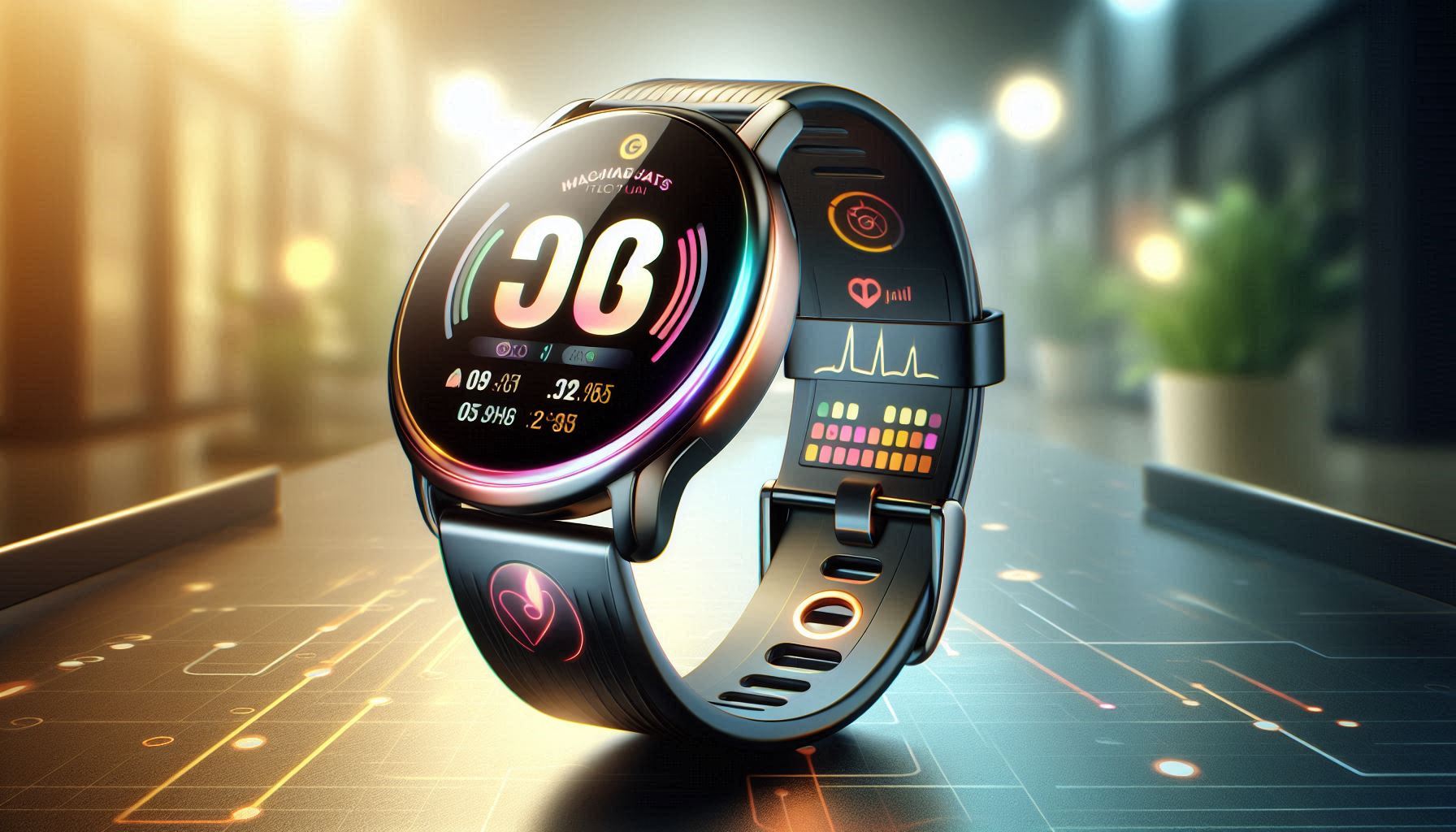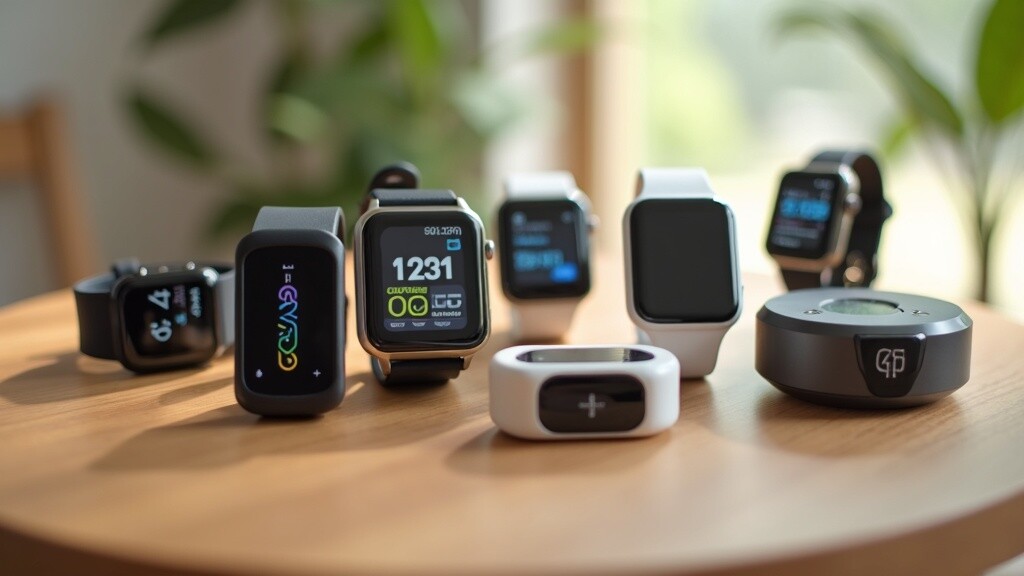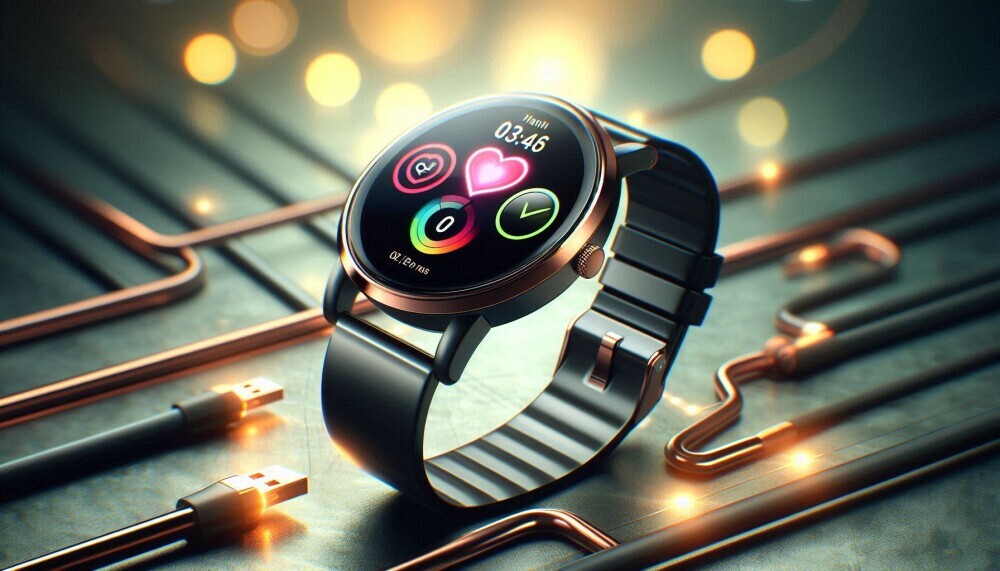Welcome to Vertevia.com and our article on the Best 6 Wearables For Managing Chronic Conditions. Wearable tech is transforming how people manage chronic conditions, from diabetes to heart disease. It’s not just about tracking your steps anymore. Many of today’s wearables offer features that help users monitor symptoms, stay consistent with medication, and share real time health data with their health care team.
I’ve spent quite a bit of time researching these devices and talking with users, and I can tell you which ones are actually worth your attention if you’re looking for reliable support for your daily health management. Let’s get started!
Why Wearables Matter for Chronic Condition Management
Dealing with a long-term health condition can be overwhelming and unpredictable. I’ve seen how even the best routine can get knocked off track. Wearables make it a bit easier to monitor your stats, get reminders, and avoid those bigger surprises. According to a report from the American Medical Association, almost 20% of U.S. adults with a chronic disease already use some form of health tracking wearable. Devices now monitor everything from blood pressure and heart rhythms to medication schedules and blood sugar. These tools help spot changes early, keep patients and doctors in sync, and turn health management into something you can handle on your own terms.
Wearables don’t replace medical advice, but they help you spot trends and patterns that would be tough to notice otherwise. You also get instant feedback, which makes sticking to healthy habits a lot easier and more rewarding. Over time, these small improvements can really add up.
Top 6 Wearables for Managing Chronic Conditions
With hundreds of devices on the market, sorting through all your options can feel like running a marathon with untied shoes. After plenty of research and community feedback, here’s a list of wearables you should check out if you want real help managing your condition every day. These wearables cater to different needs, so you’ll likely find at least one that fits your personal situation.
1.Apple Watch Series 9:
Especially for heart health, this one tracks ECG, irregular heart rhythms, and blood oxygen. The medication tracking feature lets you log your pills and get discreet reminders. There are plenty of apps for glucose, workout, and sleep tracking. It’s got excellent integration with iPhones and healthcare platforms, so sharing results with doctors is pretty smooth.
2.Fitbit Charge 6:
Covers a wide range of basics, like heart rate, SpO2, sleep, and stress tracking. The daily readiness score helps users spot when they need extra rest or to slow down. Glucose tracking features are available through third party apps, making it a useful overall health monitor for people juggling multiple conditions.
3.Freestyle Libre 3 Continuous Glucose Monitor:
This one is my go to suggestion for diabetes. It sticks onto your arm nearly painlessly, tracks your blood glucose every minute, and syncs to your phone with an app. Real time alerts let you know if you’re dropping low or running high, which can make a tough day much easier. Many diabetics swear by how it cuts down on finger pricking and paperwork, making daily life more manageable.
4.Omron HeartGuide:
Looks like a chunky digital watch, but it’s actually a wearable blood pressure monitor cleared by the FDA. It gives readings on demand and tracks them over time. I’ve found this a big help for anyone working to keep hypertension in check, especially if you don’t love using a traditional upper arm cuff.
5.MedMinder Smart Pill Dispenser:
Not exactly something you’d wear on your wrist, but it’s a smart portable medication box with reminders and automatic alerts if you miss a dose. The connected app lets caregivers or family members see adherence in real time. Very useful for anyone managing multiple prescriptions every day, this device gives peace of mind and keeps everyone informed.
6.BreatheSmart Respiratory Tracker:
Designed for folks with asthma or COPD, this compact device clips onto your waistband or pocket and monitors breathing patterns, activity, and air quality. The app tracks triggers and provides early warnings if signs of respiratory distress appear. I’ve seen this help people understand their symptoms better and prepare for flare ups, which is especially reassuring for people with unpredictable respiratory conditions.
Now let’s get into the features I think you’ll really like. Each device on this list is about balancing ease of use, accuracy, and smart alerting, so you’re not getting bombarded with unnecessary notifications. Instead, you get monitoring that makes daily management feel less like a chore and more like support you actually want to use.
What to Look for in a Health Wearable
Picking a wearable isn’t just about slick designs or popular brands. It’s about what will realistically fit your lifestyle, budget, and health needs. Here are some key points I always use to compare options:
- Device Accuracy: Reliable data matters most. Look up FDA cleared or medically reviewed devices, especially for heart and glucose monitoring. User reviews and clinical studies help too.
- Ease of Use: If it’s hard to charge, confusing to set up, or uncomfortable to wear, you probably won’t use it long term. Stick to straightforward interfaces, clear displays, and good battery life.
- Integration with Doctors: Some devices sync with platforms that allow your doctor or caregiver to see reports remotely. This is handy if your care plan needs frequent adjustments or close supervision.
- Custom Alerts: Customizable notifications are helpful so you only get buzzed for what matters to your specific case, like lows or highs in blood sugar or reminders for medication.
- Privacy and Data Security: Doublecheck how your data is stored. Reputable brands explain how they use and protect your information. Cloud syncing is great, but only if your info stays secure.
For many people, it’s also important to pick a device that fits their daily routine. Some prefer colourful screens and lots of apps, while others want a simple version that just tracks the essentials. Try to find one you feel comfortable wearing day and night.
Benefits and Limitations of Health Wearables
I’ve found that wearables are pretty handy for giving a boost to your confidence in managing conditions and making everyday life a bit more predictable. They help you:
- See patterns over time (for example, connecting sleep and blood glucose or exercise and blood pressure)
- Get reminders to stick with meds or track symptoms consistently
- Share clear logs with your care team, so there’s no scrambling to remember numbers at your next appointment
- Make small adjustments before problems get big, like tweaking your diet or exercise if you see warning signs early
Even so, they’re not a magic fix. Accuracy can drop if you forget to calibrate or don’t wear the device properly. Battery life, cost, and tech hiccups can sometimes get in the way. Also, they’re no replacement for regular check ups or emergency care. Think of them as extra support for the stuff you already do with your doctor, not a solo act.
Another thing to remember is that wearables can motivate you to stay on track, but only if you actually check the data and follow up with your care team. The best outcomes often happen when you treat your device as a partner, not just a gadget.
Real World Examples: Wearables in Action
I recently talked with a friend managing type 1 diabetes. Using the Freestyle Libre 3 CGM, he was able to spot night time lows he’d never noticed before. With the device’s alerts, he adjusted his diet and checked with his doctor, helping him avoid a trip to the ER. Another neighbour uses the Omron HeartGuide for blood pressure, making it easy to share graphs with her cardiologist, who noticed a medication side effect before it became a bigger issue.
There’s also an older adult in my community who struggles with medication management. Using the MedMinder Smart Pill Dispenser, she now rarely misses doses and her family can check in via the app, which has strengthened her support system. These are just a few examples where staying connected to what’s happening inside your body can make life less stressful.
Getting Started: Steps for Success with Your First Wearable
- Talk to Your Doctor: Before spending on a wearable, ask your doctor or care team for device recommendations. They know your condition best and might already use compatible platforms or apps.
- Check Compatibility: Doublecheck that the device syncs with your smartphone or computer, and that any companion apps are available in your region.
- Take Your Time: Spend time reading the manual or watching a setup video. Most brands offer tutorials online. Set up alerts, get familiar with the dashboard, and try out the main features before relying on them daily.
- Log Your Data: Make it a habit to record symptoms, meals, exercise, or stress. This helps you see what connects to spikes or dips and makes the info more useful to your care team. Over time, this data turns into a powerful tool for both you and your healthcare providers.
Building these routines takes a few weeks, but once the wearable fits into your daily life, it’ll start to feel less like extra work and more like a helpful safety net. Many users mention they start feeling more at ease once the device becomes just another part of the morning routine.
6 Frequently Asked Questions
Here are some common questions people ask about wearables for chronic conditions:
1.What’s the difference between a fitness tracker and a medical grade wearable?
Fitness trackers mainly watch activity and sleep. Medical grade wearables have features that are reviewed by health authorities (like the FDA) and offer clinical measurements, such as ECG or continuous glucose monitoring.
2.Do I need a prescription for these devices?
For some devices, especially continuous glucose monitors and certain blood pressure monitors, a prescription is required. Fitness bands and most smartwatches don’t require one.
3.Can I share my data with family or caregivers?
Most modern wearables have app portals that make it easy to share summaries or alerts with people you choose, like a caregiver, doctor, or family member.
4.How accurate are these wearables?
Accuracy varies by device and how you use it. Look for ones with FDA approval for medical features, and follow the manufacturer’s instructions for placement and calibration for best results.
5.Are wearables covered by insurance?
Some insurance plans and healthcare programs do cover medical grade devices, especially if your doctor prescribes them. Regular fitness trackers typically are not covered.
6.Are wearables safe for children or older adults?
Many wearables are suitable for seniors and kids, but always check device labelling, sizing, and user recommendations. Some companies even offer family setup features for remote monitoring and added safety.
Conclusion
With wearable health tech continuing to spread, it’s easier than ever to track down a device that matches your needs and helps you feel more secure day to day. If you’re still not sure which wearable to try, check in with your healthcare provider. They can help you pick a winner that makes managing your condition less of a daily challenge. The right wearable can give a boost to your routine, help you spot important changes, and let you check in with your care team like never before.
Our Thanks!
Many thanks to you for taking the time to read this article on Best 6 Wearables For Managing Chronic Conditions. We hope that you have found it helpful with your search for a suitable wearable health tech device. Why not take a look at our related article which is titled Best Wearable For Diabetes Monitoring.
Please let us know in the comments which type of wearable health tech device you are currently using or plan to buy in the future! The comments section is just underneath this article!
**Here is a bit of transparency. Our website www.vertevia.com does contain affiliate links and Amazon links. So, if you did make a purchase through the website, we may receive a small commission. This is at no extra cost to you whatsoever. It’s just a way for you to support us as we continue to bring you top quality content**
All the best!
Eamon




